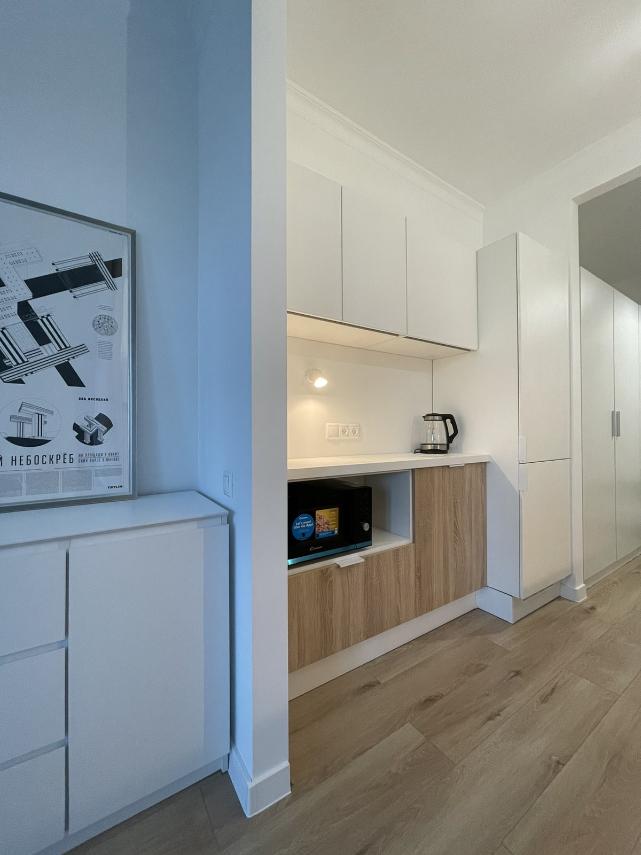
Culinary Spaces Reimagined: Perfectly Transforming the Heart of the Home
The kitchen, often referred to as the heart of the home, has seen a revolutionary wave of transformation. With the rise of culinary shows, food blogging, and an increased interest in gourmet cooking, homeowners are looking for ways to reimagine their culinary spaces not just for functionality, but also for comfort, style, and technological integration. In this exploration, we delve into the aspects of the perfect reimagination of culinary spaces, ensuring they are not only equipped for the modern chef but also provide a sanctuary for creativity and social interaction.
The Shift Towards Open-Plan Kitchens
One of the critical changes in modern kitchen design has been the shift towards open-plan layouts. These designs foster a more inclusive and social environment where the barriers between the cook and the guests are broken down. Open-plan kitchens encourage interaction, allowing the cooking experience to be shared amongst family and friends. Moreover, it offers a seamless transition from culinary preparation to casual dining and entertainment, blurring the lines between the kitchen and the living areas.
Integrating Technology and Appliances
As we reimagine culinary spaces, the integration of technology and state-of-the-art appliances has become non-negotiable. Smart fridges, touchscreen ovens, and high-precision induction cooktops are not just fancy additions but necessary tools for the modern-day food enthusiast. These devices can connect to smartphones and other digital gadgets, allowing users to control settings remotely, receive maintenance tips, and even follow recipes hands-free. By integrating innovative technology, culinary spaces are transformed into efficient and convenient hubs of culinary artistry.
Materials and Sustainability
Reimagined culinary spaces are also characterized by thoughtful choices in materials and an emphasis on sustainability. Modern kitchens often feature recyclable materials, energy-efficient lighting, and appliances that help reduce environmental impact. From bamboo flooring to composite countertops made of recycled glass or paper, these materials are not only eco-friendly but also add a unique aesthetic to the kitchen space.
Personalization and Aesthetics
Personalization plays a significant role in the perfect reimagining of a culinary space. It's not just about the practical aspects but also the personal touches that make the kitchen a reflection of the individual's style and preferences. Custom cabinetry, unique backsplashes, and distinctive color schemes create a kitchen that feels bespoke and tailored. Artistic elements like hanging pot racks, statement lighting fixtures, and curated kitchen accessories contribute to the kitchen's overall ambiance and aesthetic appeal.
The Importance of Ergonomics
A perfectly reimagined culinary space must also prioritize ergonomics—the efficiency and comfort of the workspace. Height-adjustable countertops, pull-out pantry shelves, and deep drawers ensure ease of use and accessibility, minimizing physical strain during food preparation and cooking. Thoughtful design means everything has a place, and the flow of the kitchen space allows for natural movement and usability.
Conclusion: The Culinary Space of Tomorrow
The perfect reimagining of culinary spaces is an ever-evolving process, adapting to the latest trends, personal needs, and technological advancements. It's about creating a kitchen that's not only a place for cooking but also a space for living, gathering, and expressing oneself. Whether through open-plan layouts, sustainable materials, or personalized design elements, reimagined culinary spaces reflect the innovation and diversity of today's home chefs. As kitchens continue to evolve, they will remain at the forefront of domestic design, combining functionality with sophistication to perfectly complement modern living.